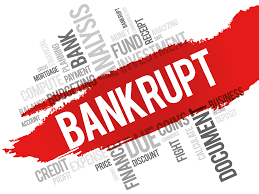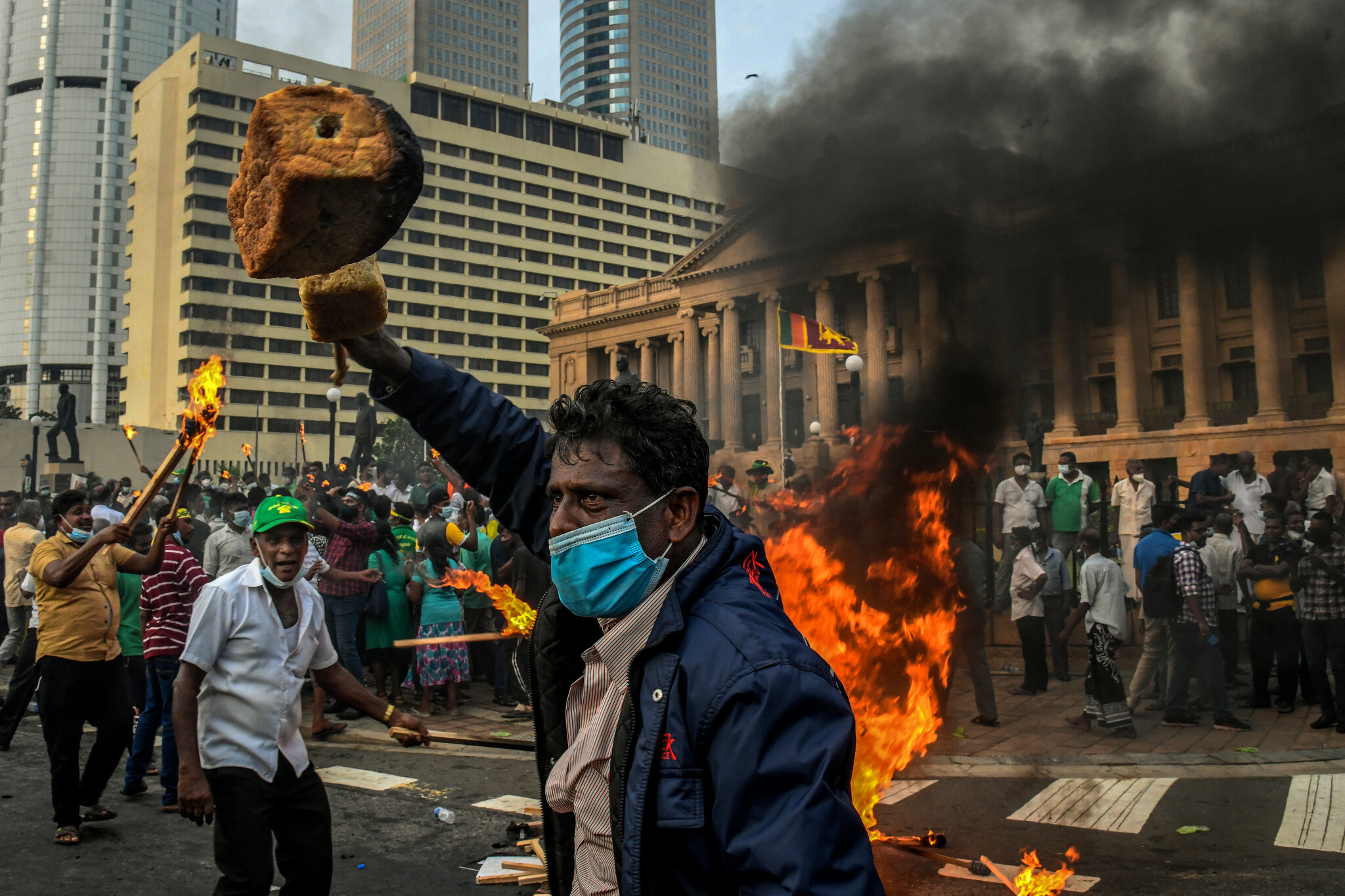
About seven developing countries are currently in danger of facing bankruptcy or in need of a bailout due to piling debt which is slowly gearing towards a default level.
- Several developing countries are at risk of bankruptcy or need bailouts due to growing debt
- IMF has offered financial assistance and debt restructuring to some of the countries
- Two African countries in the list are experiencing high levels of debt, default, and economic crises.
Countries can file for bankruptcy when the debt burden overwhelms the government thus leading to a huge backlog of unpaid debts.
In 2022, the head of the UN Development Programme, Achim Steiner, warned that over 50 of the poorest developing countries risked defaulting on their debt and were in danger of becoming effectively bankrupt unless they received assistance.

The countries listed below are either bankrupt or currently need a bailout to avert a default in their loans.
Pakistan
Pakistan’s economic crisis started as a result of the 2022 political unrest when the incumbent prime minister, Imran Ahmed Khan Niazi was voted out by the opposition.
Currently, at least 60% of the country’s tax revenue goes into repaying debt, the country’s GDP has further slumped from $375.44 billion in 2022, to $374.904 billion in 2023-24 while the inflation keeps nosediving and reported at 9.6% as at August 2024.
Sri Lanka
Sri Lankans took to the streets of the capital, Colombo in 2022 to protest the frequent power cuts and shortages of basic amenities and essential services such as buses, trains, and medical vehicles.

In September 2024, some of the country’s creditors which include China and India agreed to restructure their loans, giving Sri Lanka more time to repay them while the International Monetary Fund (IMF) also offered to lend Sri Lanka $3 billion in addition to the $600m loan from the World Bank.
Bangladesh
Bangladesh’s forex reserves have dropped from $32 billion in January 2023 to $20 billion in September 2024 amid the nation’s Central Bank’s efforts to devalue the Taka in the last few years. The country’s debts currently stand at $156 billion.
Venezuela
Venezuela’s economic crisis escalated with the elections which saw President Nicolás Maduro declare himself winner in July, triggering a political turmoil.
![Opposition supporters gather at Plaza Alfredo Sadel in Las Mercedes neighborhood during 'Ganó Venezuela' opposition protest on August 3, 2024 in Caracas, Venezuela. [Getty Images]](https://news.newnaija.com.ng/wp-content/uploads/2024/10/60595438d670d8ac35aee4c3ef9ed1a4.jpg)
Currently, national debt stands at $154 billion, which the country began defaulting in 2017 while Its GDP has plummeted from $372.59 billion in 2012 to $102.33 billion in 2024. Also, about 82% of the country’s people live in poverty
Argentina
Experts have said the country’s economy witnessed these challenges die to the failure of free markets and fixed exchange rates, among other things.
The South American country owes over $400 billion to creditors and has defaulted thrice on its sovereign debt in the 21st century. Oxford Economics predicts a 75% chance of a default in 2025 and 2027 due to the uncertain economic outlook.
Zambia
In 2020, Zambia defaulted on its Eurobond debt and also became the first country to restructure its $6.3 billion external debt.

The IMF has described this rise of its stock of external arrears to 26% of GDP by 2023 as unsustainable.
According to the IMF, Zambia may be on the verge of another default due to its failure to restructure commercial loans and certain clauses in the 2024 debt restructuring deal.
Ghana
Ghana’s inflation and debt profile soared in 2022 after it defaulted on most of its external debt plunging the economy into a crisis. This led to a downgrade of its credit rating from Bs to Cs for the first time since 2003.
According to the IMF, the $3 billion bailout package approved in May 2023 spearheaded the reforms which has improved the country’s economy.
